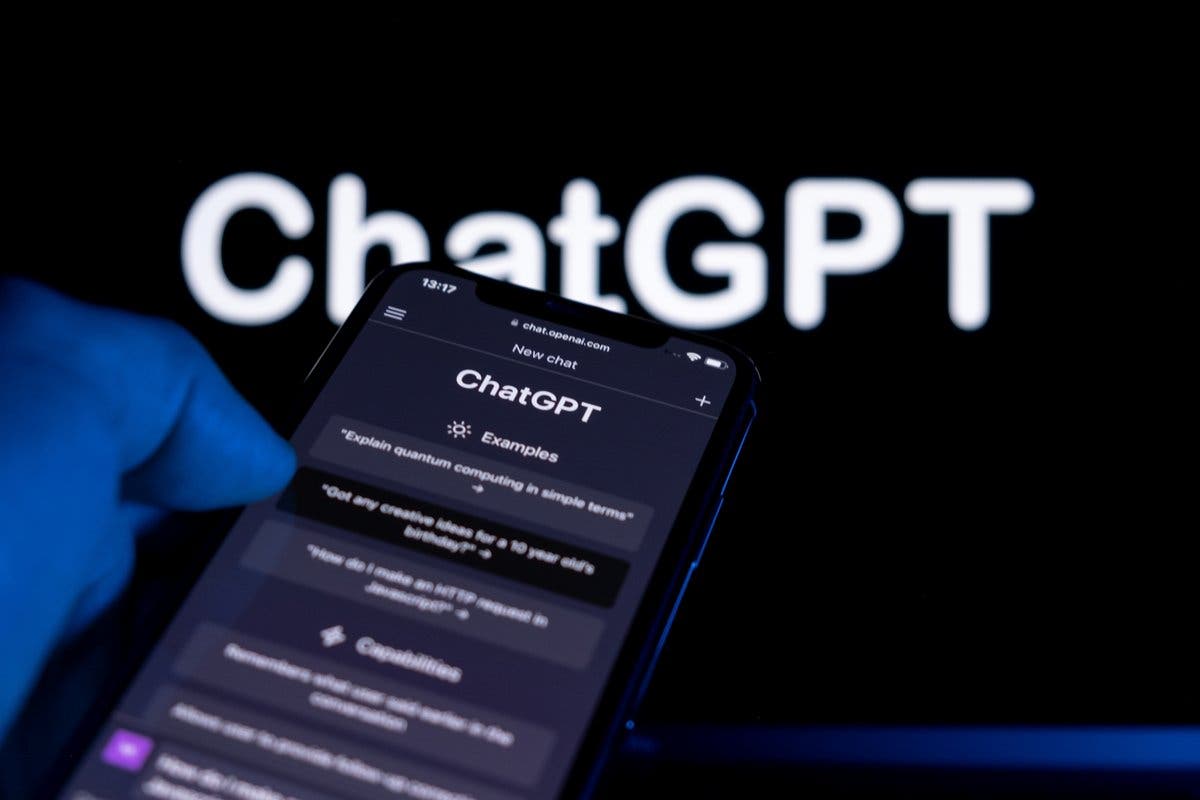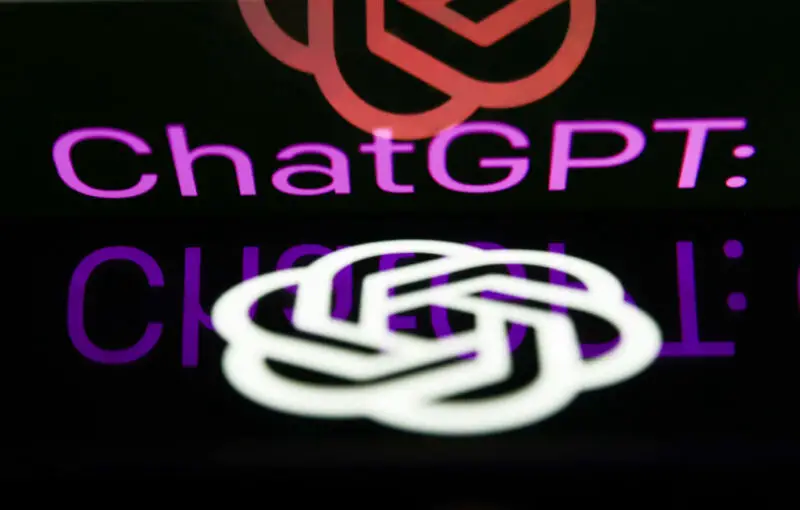ChatGPT and Privacy: Safeguarding User Data in Conversational AI

Executive Summary

ChatGPT’s robust language model raises critical questions about user data privacy. This comprehensive analysis examines the key privacy concerns surrounding ChatGPT and proposes strategies to safeguard user information while harnessing the transformative potential of conversational AI.

Introduction
ChatGPT, a groundbreaking language model, has revolutionized human-computer interactions. However, its massive data requirements and sophisticated natural language processing capabilities have sparked concerns about user privacy. This article delves into the intricate relationship between ChatGPT and privacy, exploring potential risks and outlining measures to ensure ethical and responsible AI development.
FAQs
1. How does ChatGPT collect user data?
- Data collection through user interactions
- Analysis of user inputs and responses
- Tracking user preferences and patterns
- Integration with third-party applications and services
2. What types of user data does ChatGPT collect?
- Personal data: Name, email address, demographic information
- Usage data: Frequency of use, interactions with chatbot
- Content data: Text inputs, generated responses
- Device data: IP address, operating system
3. How is user data used by ChatGPT?
- Training the AI model: Enhancing accuracy and responsiveness
- Personalized user experience: Tailoring responses to individual preferences
- Research and development: Advancing natural language processing technologies
- Third-party sharing: Potentially sharing data with partners or research institutions
Key Privacy Considerations
Data Security
- Encryption of user data during transmission and storage
- Access controls to prevent unauthorized access to sensitive information
- Regular security audits to identify and address vulnerabilities
Data Minimization
- Collection of only data essential for AI operations
- Anonymisation of user data to protect identities
- Data retention policies to limit the storage of user information
Transparency and Control
- Clear and concise privacy policies outlining data collection and usage practices
- User options for controlling data sharing and deletion
- Access to personal data for users to review and rectify inaccuracies
Ethical Considerations
- Fairness and bias: Ensuring AI models are free from bias based on sensitive attributes
- Accountability: Establishing clear lines of responsibility for data handling and misuse
- Human oversight: Maintaining human involvement in AI decision-making processes
Regulatory Compliance
- Adherence to data protection regulations: GDPR, CCPA, and other relevant laws
- Collaboration with data protection authorities to ensure compliance and ethical development
- Self-regulation: Industry initiatives to set ethical standards and best practices
Conclusion
ChatGPT presents both extraordinary opportunities and privacy challenges. By implementing robust data security measures, embracing data minimization principles, enhancing transparency and control, considering ethical implications, and ensuring regulatory compliance, we can harness the transformative power of conversational AI while safeguarding the privacy of users. Striking the delicate balance between innovation and privacy is crucial in the responsible development and utilization of ChatGPT and similar AI technologies.
Keyword Tags
- ChatGPT
- Privacy
- Conversational AI
- User Data
- Data Security
